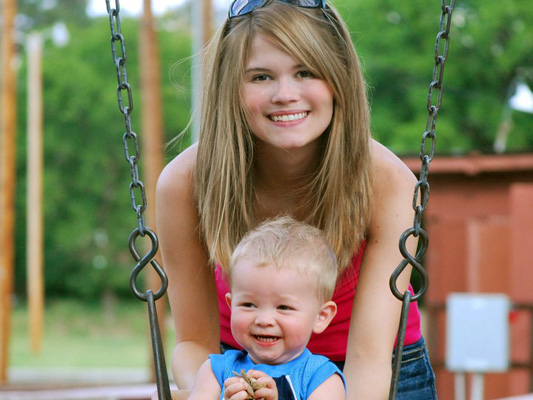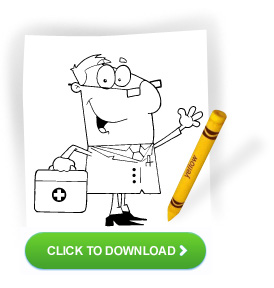Concerned About Cholesterol
Should I have my child’s cholesterol checked?

High cholesterol runs in families. If your parents or grandparents have a history of high cholesterol, you may too. Having high blood cholesterol puts you at risk for heart disease, the leading cause of death in the United States. About 1 of every 6 adult Americans has high blood cholesterol.1
Cholesterol is a waxy substance produced naturally in the body and also found in some foods. Our bodies need cholesterol to function properly but, too much "bad" cholesterol can damage the arteries, leading to heart attacks and strokes. Over time, extra cholesterol can build up in your arteries depending on the rate at which your body breaks it down.
The more we learn about heart disease and stroke in adults, the more we know that the process begins in childhood and progresses over time," said Stephen R. Daniels, MD, PhD, FAAP, chair of the expert panel that reviewed the guidelines.2 "By working with families, we can keep kids at a lower lifetime risk and prevent more serious problems in adulthood." For more info on the guidelines, visit: http://pediatrics.aappublications.org/site/misc/2009-2107.pdf
Recently the National Heart, Lung and Blood Institute (NHLBI) and the American Academy of Pediatrics (AAP) have recommended screening all children between the ages of nine and eleven and again between the ages of seventeen and twenty-one. Children who have inherited this condition have very high cholesterol levels beginning at a young age. The goal is to identify these children early so an action plan can be established to help manage the condition.
What can you do?
- Eat a healthy diet
- Maintain a healthy weight
- Exercise regularly
- Don't smoke
- Treat high cholesterol
Download a tip sheet from the USDA with reminders about cutting back on sweets.
Helpful links:
http://www.heart.org/HEARTORG/Conditions/Cholesterol/Cholesterol_UCM_001089_SubHomePage.jsp
http://www.choosemyplate.gov/
References
- Schober SE, Carroll MD, Lacher DA, Hirsch R. High serum total cholesterol—an indicator for monitoring cholesterol lowering efforts; U.S. adults, 2005–2006. NCHS data brief no 2, Hyattsville, MD: National Center for Health Statistics. 2007.
- The Expert Panel Report on Integrated Guidelines for Cardiovascular Health and Risk Reduction in Children and Adolescents

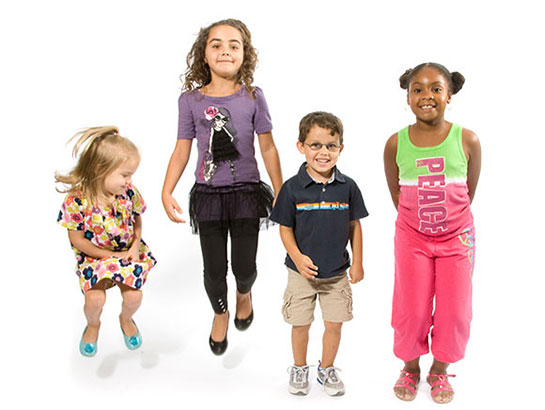

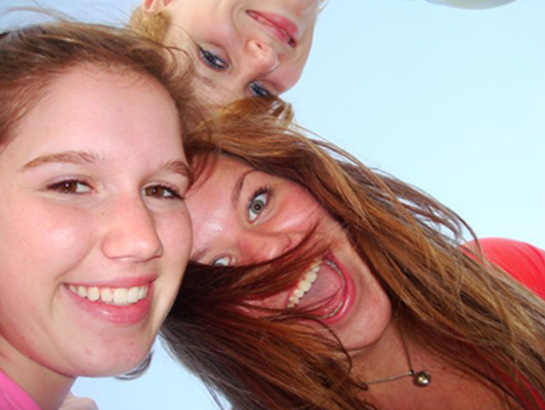
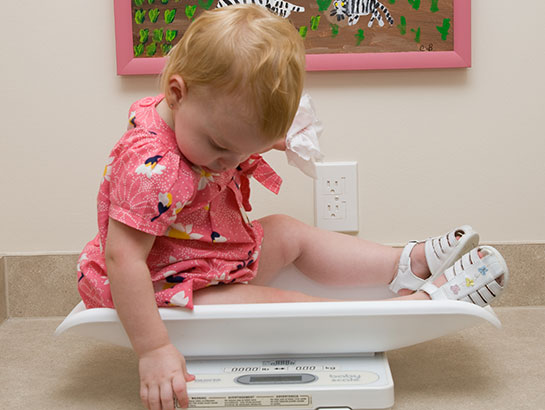




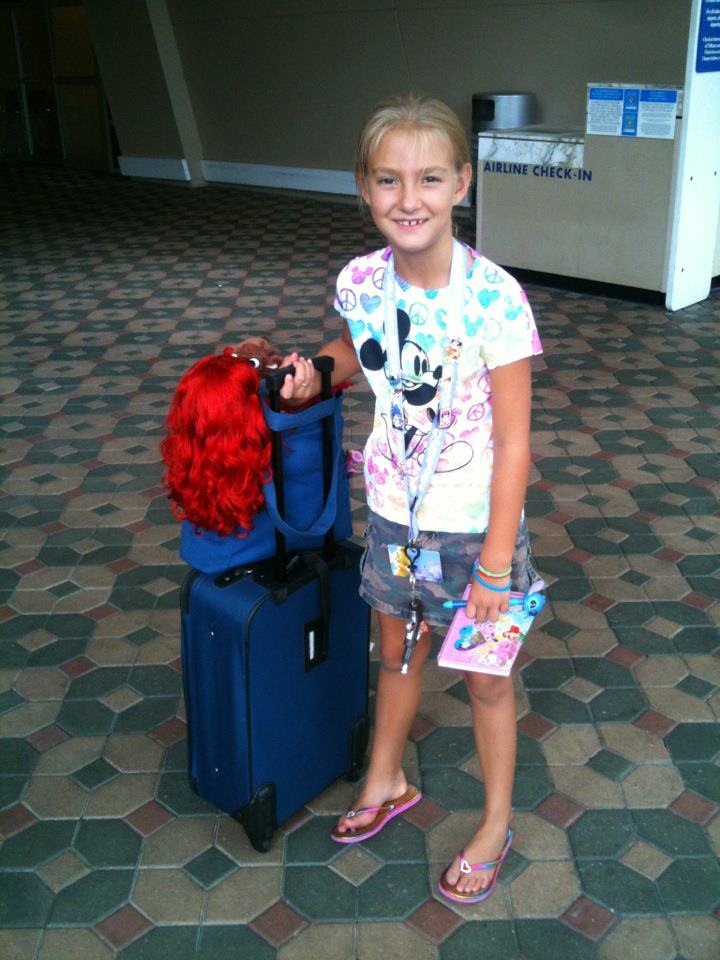
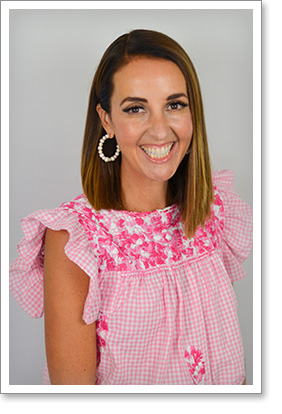 Dr. Lewis is a Dallas native, who graduated from Highland Park High School, Baylor University and the University of Texas Medical School at Houston. She completed her pediatric internship and residency training at Baylor College of Medicine/Texas Children’s Hospital in Houston, Texas. She was selected to serve as Chief Resident for the 2011-2012 academic year.
Dr. Lewis is a Dallas native, who graduated from Highland Park High School, Baylor University and the University of Texas Medical School at Houston. She completed her pediatric internship and residency training at Baylor College of Medicine/Texas Children’s Hospital in Houston, Texas. She was selected to serve as Chief Resident for the 2011-2012 academic year.